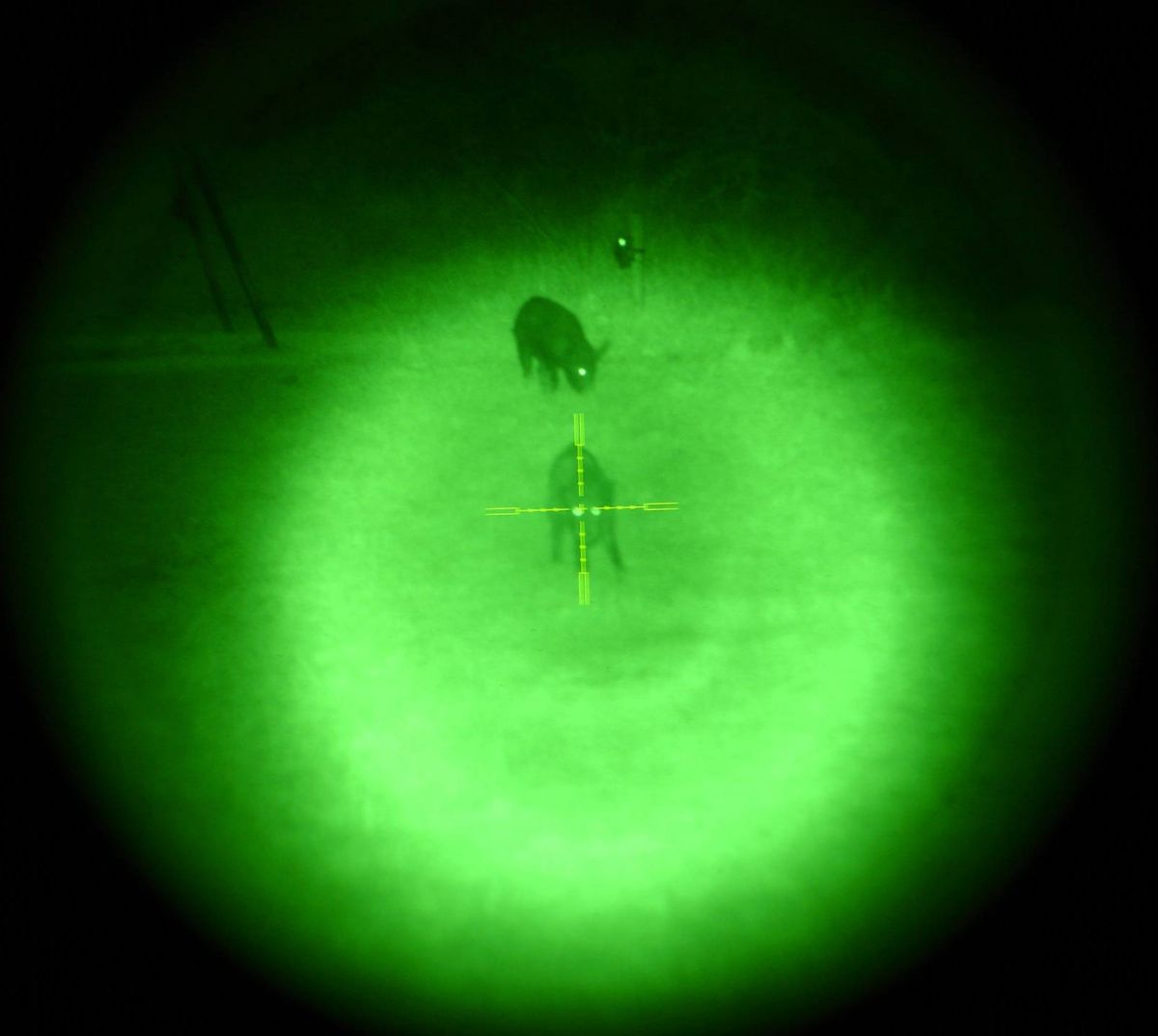Victor_TNVC
New member

Over the last many years this topic has gone back and forth and it has interested me a great deal. This has been sparked by another post on another blog where a user said ONE of his cats can see in the IR. As many of us know, cats and owls see in very low light and IR lasers even though they are in the IR can actually show a faint visible signature. PLEASE DO NOT LOOK AT YOUR IR laser but simply shine it on the palm of your hand and you may see a faint red dot. This one cat remark was very interesting and we keep hearing of animals who folks talk about while hunting they are spooked by their IR lasers. IMHO 95% of the critters are either seeing you, smelling you, hearing you, or seeing your IR LED emitter (lasers are barely visible as I mentioned and concentric). BUT, there have been many other interesting reports that get the thinking cap on for the last 5%...Almost (just almost like the UFO saga, just wish one of those thousands of videos would be clear enough.../images/smilies/smiley_abused.gif)
Awhile back, I also talked with several animal biologist I knew and asked them about this IR light and animals subject. Both of them mentioned snakes were the only known animal (well reptile) they knew about and acknowledged they could be the only ones to see in the near IR.
The most damning evidence of animals seeing in the IR was several years ago on another site with a user named IR-V. He was a Technical Director in the defense arena who worked with thermal devices and was a very smart guy. He and always wanted to meet so he could show me how his high power lasers from his PEQ-2A's, Attila's and other early Class 1 lasers were spooking deer and rabbits. We had many in-depth debates on this and he was very resilient in his findings. He disagreed with any assumptions that he was seen, heard or smelled by the outdoor tests he performed. I have to admit he was convincing against all the scientific evidence that disputed this along with animal biologists.
So as the plot seems to always thicken on this subject, please feel free to post your stories on what animals, gear you were using etc. Be specific on approx range to the animals, lighting environment, moon, cloud cover, and your location to the animals. Stand, hide, prone, standing, from a truck etc. Or if you have experimented with this at home with your pets via NVD's.
I know skypup who is a MOD here is an eye specialist here who I hope will chime in with the scientific aspect as they will argue based on their research what the eye in some species can and cannot see. Look forward to input as I investigate further.





